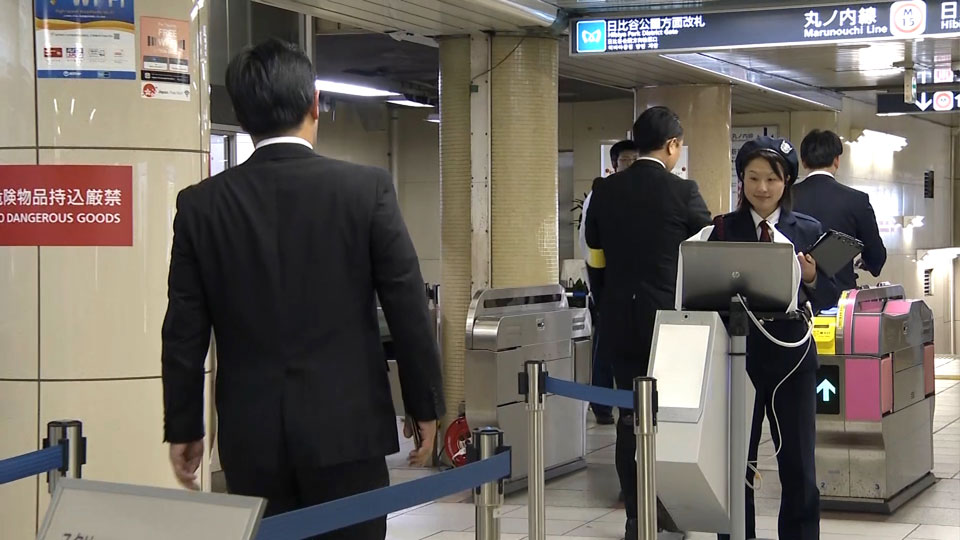On June 9th, 2018 I was riding a bullet train from Tokyo to Nagoya when there was an announcement that someone had pushed the emergency button. Then the voice asked us to remain calm. It wasn't clear at the time why they were calling for calm. Twitter soon shed light on the situation: A male passenger was stabbing people on the train. Nobody in our carriage knew where the attacker was. It was a terrifying 30 minutes until the train pulled into Odawara Station and the police arrested the suspect.
One of the victims of the attack was later pronounced dead. On Wednesday, the Yokohama District Court in Odawara sentenced 23-year-old Ichiro Kojima to life in prison for murder.

For several months afterwards I felt nervous boarding a train. The incident also rattled people who have been working on security measures with an eye on the upcoming Tokyo Olympics and Paralympics.
Rail companies have responded by increasing the number of guards and frequency of patrols. Bullet trains now have riot shields and tear gas on board, as well as emergency supplies to treat injured people. And staff take part in drills to rehearse how to handle a deadly incident on a moving train.
In April, Japan’s transport ministry tightened regulations governing what kind of blades can be carried on trains, and how they should be packaged.
The ministry is also considering introducing body scanners at stations. Rail companies are against the idea, because it will reduce efficiency.
Authorities tested the idea over four days in March at Tokyo's busy Kasumigaseki metro station. The district is home to many government offices. A scanner about 60 centimeters high uses electromagnetic waves to scan passengers' bodies and belongings.

The ministry was testing whether the scanner could detect mock explosives and other items hidden beneath clothing. And they wanted to determine whether the system would interfere with passenger flow.
There has been no official word on whether the scanners will be in place for the Olympics next summer, but critics say the rules as they stand aren't nearly enough to prevent any attacks in the future.

